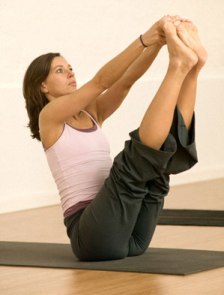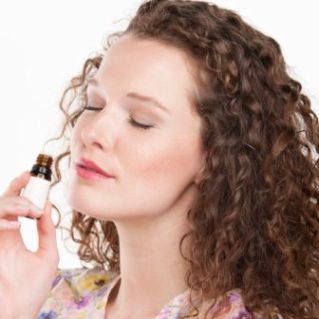Rolfing – An integrative Therapy To Re-establishes The Natural Alignment Of Your Body!
 Want permanent relief from chronic calf, cramp and hip pain? Not getting permanent relief from massage?
Want permanent relief from chronic calf, cramp and hip pain? Not getting permanent relief from massage?
Rolfing is a technique which gives permanent relief from all these ailments. Rolfing is also known as “structural integration”.
The main focus of Rolfing is on connective tissues and releases, realigns and rebalances the whole body so the entire system is a smoothly functioning coordinated whole.
It improves overall health condition by bringing segments of the body into proper alignment.
Working of Rolfing:
Rolfing based on the internal system of flexible support known as fascia. Fascia is a fibrous layer which covers the muscles. It becomes stiff, short and loses its elasticity after prolonged poor posture and mental and emotional stress.
This layer surrounds every layer, encases all joints and plays a role in the central nervous system.
To alter misalignments, the practitioner of Rolfing uses mild, direct pressure by elbows, finger, and knuckles to stretch and open fascia or to melt or release facial holdings and allow the body to reestablish balance.
It patterns the realignments in the head, shoulders, abdomen, pelvis, and legs.
Benefits of Rolfing:
- If you consider Rolfing along with yoga will help in good health keeping and maintains harmony in your physical and emotional life.
- Rolfing treats the tightness and inflexibility of the connective tissues in the muscles so that your body can begin to live fully.
- Rolfing helps to treat the conditions of poor posture, muscle tension and pain, especially in the neck, upper back and lower back.
- It relieves the discomfort caused by other trauma and aging.
- The other benefits of Rolfing are an enhanced sense of your body awareness and improved posture.
- Rolfing is more popular with athletes and entertainers such as ice skating stars, dancers, sports men, and singers.
How will be the sessions of Rolfing treatment?
The first 10 sessions consist of evaluating your body’s structure through photos and question, positioning and repositioning the limbs of the body. Pressure can be used to indicate the problem areas of your body.
Then your practitioner will teach some breathing techniques which will help in making healing easy. In this the first seven sessions consist of releasing pain and stress from the body.
These sessions typically last one to two hours and are spaced approximately two weeks apart. Due to the great popularity of Rolfing most of you choose to continue the process after the initial ten sessions as a preventative measure and holistic approach to well being.
During the first sessions Rolfing can be painful or at least uncomfortable, which is same as deep tissue massage. The muscles must be released, if they are shrinking from lack of movement and this can be painful at first.
If you have any diseases with the practitioner’s touch or have cancer or arthritis then Rolfing may not be the best course of treatment for you.

 Coconut oil was once very popular cooking oil in America, but the Japanese occupation of the Philippines stopped the export of this oil.
Coconut oil was once very popular cooking oil in America, but the Japanese occupation of the Philippines stopped the export of this oil. Aromatherapy is increasingly now looked upon as part of a holistic approach to healing which is even being acknowledged by many practitioners of conventional medicine, particularly when used in adjunct with mainstream medicine.
Aromatherapy is increasingly now looked upon as part of a holistic approach to healing which is even being acknowledged by many practitioners of conventional medicine, particularly when used in adjunct with mainstream medicine. However, it is still a fact that our olfactory sense can be stimulated to produce certain responses and the way that sex pheromones work is evidence of this fact.
However, it is still a fact that our olfactory sense can be stimulated to produce certain responses and the way that sex pheromones work is evidence of this fact.
 When treating sunburn, your first step should be quickly immersing the afflicted area in cold water by adding a few drops of essential oil to it.
When treating sunburn, your first step should be quickly immersing the afflicted area in cold water by adding a few drops of essential oil to it.